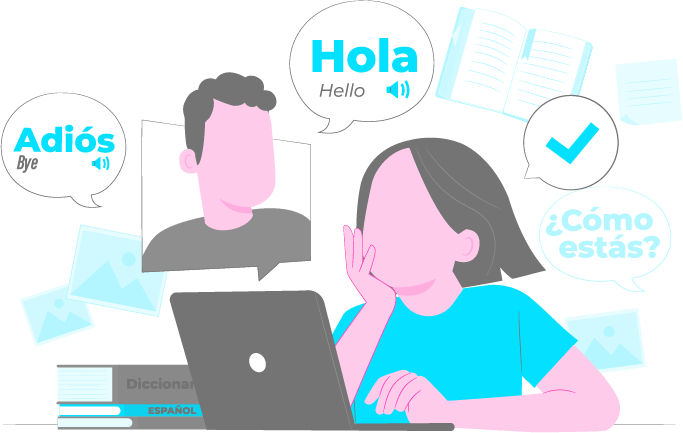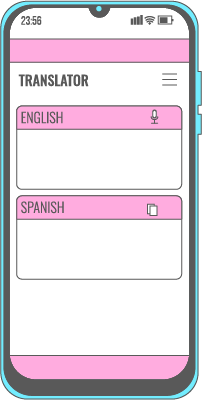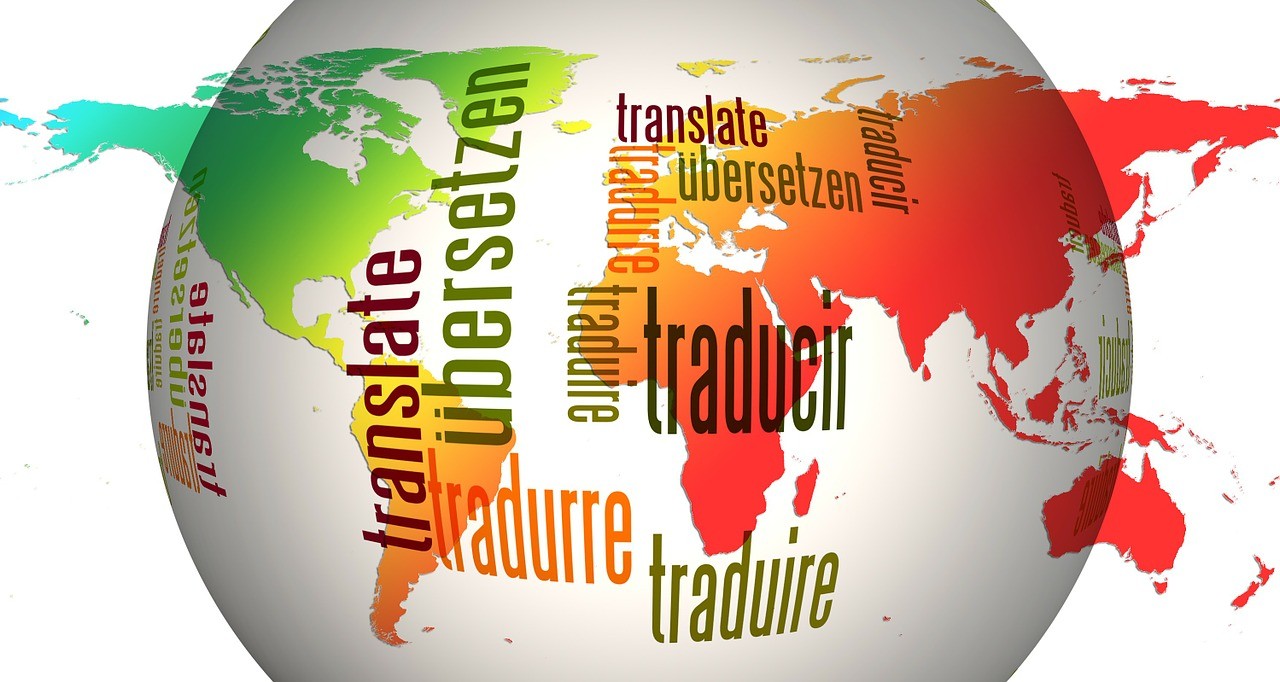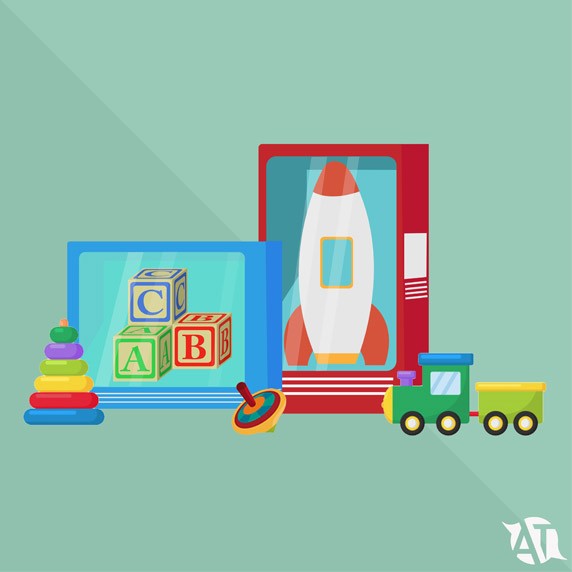What are the differences between transcription and translation?

Whilst they are different activities, the boundaries between transcription and translation are often blurred. This is because the two tasks often need to be done in a complementary way, if not simultaneously; hence the existence of subtitling experts; the true transcriber-translators. But a transcription service has its own applications and characteristics which, strictly speaking, ultimately refer to the written representation of an oral message. This is what makes transcription right for many cases, with different types of transcription being appropriate in different cases.
Contents
- Translation and transcription, what are they, and what types are there?
- Types of transcription
- How are transcription and translation related, and how do they complement each other?
- When should you opt for transcription or translation services?
- Types of transcription services
- Our advice
- Which transcription service do you need?
It's sometimes easy to confuse two concepts or practices that are closely related but that you don't fully understand. This is what happens with the concepts of transcription and translation: faced with so many diverse (and increasingly complex) possibilities, in a context evolving at breakneck speeds, it's easy to get jumbled up, confusing the differences and relationships between the two.
But when you stop and think about it, in some, very common areas nowadays (like converting video to text) something doesn't quite fit: are the images converted into letters? Are shapes, colours or movements written down or translated? Obviously not, generally speaking; but as they say, the devil is in the detail...
Like we said, this is especially true in an increasingly tech-driven, completely internationalised world. It means that switching between languages, media types, resources and formats is routine for lots of people and organisations.
Which is precisely why we think that any company or business that wants to step into this world (especially in our era of the online, automatic and free audio to text converters) should know exactly what a transcription service is. That way, they will clearly understand what it is they need, and the best way to go about it.
Translation and transcription, what are they, and what types are there?
As always, the best way to understand something is to take a step back and get some perspective. Let's ask ourselves what we really mean when we refer to transcription and translation. Let me assure you, they are different things, but are often (but not always) related to each other.
Transcription versus translation
This first distinction is the first one we should clarify. It might be the most obvious, but it's also the cause of a number of doubts. And we'll try to be concise:
- The act of translation transfers the meaning of a message from one language to another (this could be a done in written form, orally, or in an audiovisual medium).
- A transcription is a written representation of a (generally) spoken message, performed live or from an audio or video recording (although yes, it can sometimes be from text to text).
Whilst they're clearly different things, they can complement each other. For example, you may want to put a political leader's statements in writing, but the leader in question is speaking in Korean, and you want to publish it in a Polish newspaper. In this case, you'll have two jobs on your list: translate and transcribe; and the circumstances dictate whether they'll be done at the same time. We'll look into this further later.
Types of transcription
All good so far? Well, we're not going to leave it there, it's time to dig a little deeper. To start with, the different types of transcription there are. We're going to focus on the more common types of transcription, although we will take a quick glance at others.
Text transcription
Can you transcribe one script into another? Of course, and in fact this could be considered the most typical form of transcription. There's a golden rule: it's done when a text 'can't be understood'. When does that happen? For example:
- When you have a manuscript and type it up. Nowadays, a lot of this can be done by machines. Even until recently, transcribing written texts was a common endeavour.
- When you're converting something from one script or alphabet to another. This could be transliteration or palaeography, but the example of braille makes it much clearer.
- When you want a graphic representation of speech sounds. This is a specialist type of transcription used in phonetics and phonology; it looks something like this: /'haɪ/ /'wɑt a: 'yu: 'du:wɪŋ/.
Audio transcription
Basically, it's putting speech in writing; or rather, put what someone says out loud in black and white. This is what you do when someone speaks and you write it down. It may be the kind of classic dictation you did in school, but it's still transcribing audio.
Naturally, this doesn't have to be done live; in fact, it's almost the exception nowadays, given the volume of audio files recorded (all diverse in nature) and requiring transcription. This is what's commonly called converting audio to text.
Video transcription
So, what does a video transcription consist of? Now, if we were to nitpick, we would point out that a video can't really be transcribed; the audio accompanying the video is transcribed. So, in theory, it's exactly like transcribing audio, but with additional visual clues (which can certainly come in handy).
Having said that, it's true that video transcription has certain technical characteristics that can be summarised as 'synchronising image and sound', or sometimes including information from the visual resource that isn't apparent in the sound (or 'can't be understood' in that particular format).
How are transcription and translation related, and how do they complement each other?
As we already mentioned, we'll need to dig a little deeper into transcription and translation because both activities frequently seem to be closely linked. But rather than think about similarities and differences, it's often more a case of relationships and complementary aspects.
Any businesses that want transcription services should understand the relationships between each of them, so they can work out exactly what it is they need and choose the one they want. To illustrate the point, let's go back over the main applications and examples of the transcription and translation combo, and also mention the differences in technical characteristics.
Areas of application
Here are the areas in which transcription and translation are frequently both performed:
- Court transcription. Court hearings are a quintessential example of frequent translation and transcription, whether shorthand or stenographers are used or not. By extension, and logically, this also applies to statements made by the police.
- Medical transcription. This field involves much more than medical reports; consultations, patient histories, notes, expert panels, etc. are also often transcribed (and translated where necessary). Needless to say, it's a highly specialized pursuit.
- Academic transcription. This covers conferences, talks, presentations or round tables on scientific themes, or related to research in different areas of knowledge; any with an international scope or projection.
- Transcription of audiovisuals. The huge field of audiovisual entertainment (films, video games, promotional or informative videos, etc.) is where you're most likely to come across instances of translation and transcription. It's directly related to subtitling and dubbing techniques.
- Corporate transcription. This covers transcribing a spoken statement from audio to text (or video to text) for internal use within international organisations, such as job interviews, audits, presentations, etc.
Case examples
The following circumstances would often need a video to be converted into text, or audio into text (by far the most common requirements in terms of transcription services). You'll see that in many cases, the task is made up of a series of subtasks, including translation as well as transcription.
- Audiovisual platforms improve accessibility for people with hearing difficulties via multi-language SDH subtitles.
- A Czech lighting company is launching its products in new markets and needs to train native-speaking German and Swedish sales teams.
- A European civil association focused on migrants makes a podcast and wants to broadcast it in five languages.
- A multinational company wants to analyse its customer service helpline, and needs to convert a sample of phonecalls from audio to text.
- A major pharmaceutical company wants to present its US investors with results from a panel of experts in Spanish.
- An international insurance company offers audit services and includes a transcription service for interviews.
- A Canadian government body requests a transcription from video to text to analyse a tender proposal from a Belgian research institute.
The parts of a whole
In the previous examples, you'll have noticed that effectively, transcribing or translating aren't enough on their own; you need to do both. And as you can no doubt imagine, each task has its own specific techniques that come together to achieve the desired results. To make it clearer, let's look at a case that's as complex as it is paradigmatic: videos in the digital world.
Let's imagine a Spanish producer has the rights for a Japanese documentary series on the adventures and misadventures of expats and digital nomads in the country.
First of all, the producer decides to create subtitles to make the content understandable. Naturally, this involves a double conversion process: from Japanese to Spanish, but also from what is heard to what is read. Plus, synchronisation, spacing and rhythm are all essential here for reading comprehension.
It's actually even more complicated, given the nature of the video. You need to reflect who is saying what in the dialogue, perhaps include specific gestures or ambient sounds, include (or not) the lyrics of any songs playing, or make reference to different accents or dialects, etc.
On the other hand, if a producer wanted to, they could go further and add more value to their product with other resources such as dubbing or a voiceover, in addition, of course, to the multi-language subtitles.
When should you opt for transcription or translation services?
So, when you're choosing between transcription and translation, it all comes down to your end goal. If you want to translate a book, you'll turn to a translator; if you want to translate a certificate, you'll need an official translator; a conversation requires an interpreter; similarly, which translation service does each case call for?
And this is where we get to the detail; the ins and outs of finding the right transcription service. Because, just as with different types of translation, not all transcriptions are equal. And we're not talking about quality standards or a niche activity, rather, the technical characteristics of each transcription service.
Types of transcription services
We're going to look at the three main types of transcription service available, all of which respond to different customer needs and preferences, or, more frequently, to the type of material that needs to be transcribed.
Edited or intelligent transcription
The most common (and most economical) type of transcription is so called because the priority is to convey the key idea expressed in sound format, to paper. The transcriber listens to the audio, captures the idea and provides a faithful rendering; but may ignore irrelevant fragments, instead summarising or clarifying parts of speech, using abbreviations or making corrections...
At the technical level, this method usually only identifies the speakers, although it might also include timestamps as a guide; in the case of subtitled videos (where naturalness comes first, and localisation is often more common than translation) it's an essential - because it needs to be synched.
Verbatim transcription
Also known as verbatim, in this case the text is reproduced precisely, to the letter. Word for word, without any substitutions, changes of position or paraphrasing, etc. It also aims to include other elements of communication such as interjections, repetitions, interruptions or stutters, etc.
This form of transcription and translation is much more laborious, demanding a great deal of precision and rigour, specific notations in brackets and precise identification of the speakers; timestamping is essential. Above all, it's used for legal statements, but other common examples include UX research or sociological interviews.
Phonetic transcription
This is the least frequent form (this type of transcription service is the reserve of linguistics) and perhaps the most complex, because it requires the transcriber to have a deep knowledge of phonetic 'language'. The idea is to include pronunciation, and sometimes intonation and cadence, in the transcription of a spoken message.
At times, our customers aren't sure which type of transcription and translation they need (completely understandable). To clarify this, it's best to consult a specialist agency offering the right transcription service for your specific video or audio content. You'll know you're dealing with a decent professional when they ask for information about the material: the subject and level of specialisation, the number of speakers, the sound quality, details on the dialect or the level of formality, etc. Indeed, it often helps when customers request a sample of both a verbatim and clean-read transcription, so they can compare the two.
Which transcription service do you need?
To answer this question, you just need to ask yourself another, much simpler one: What do you need the transcription for, and what will you do with it? If you want to reflect the conclusions of a press conference or international speech, a standard translation would often be sufficient, but if you want to reflect the emotions of the interlocutors and the context, a verbatim transcription could well be more appropriate.
As you'll have seen by now, whether you need an audio to text transcription service, or video to text, transcription and translation they often go hand-in-hand, so it's worth finding a translation and transcription agency that works with the right specialists, regularly offering both services.
In other words, if you want to get the best results, it's always best to engage a transcription services professional. They will have made themselves familiar with the work in advance, have mastered the techniques of synthesis and notation, and will use the right technological tools. Ultimately, this is what makes them professional transcribers.







